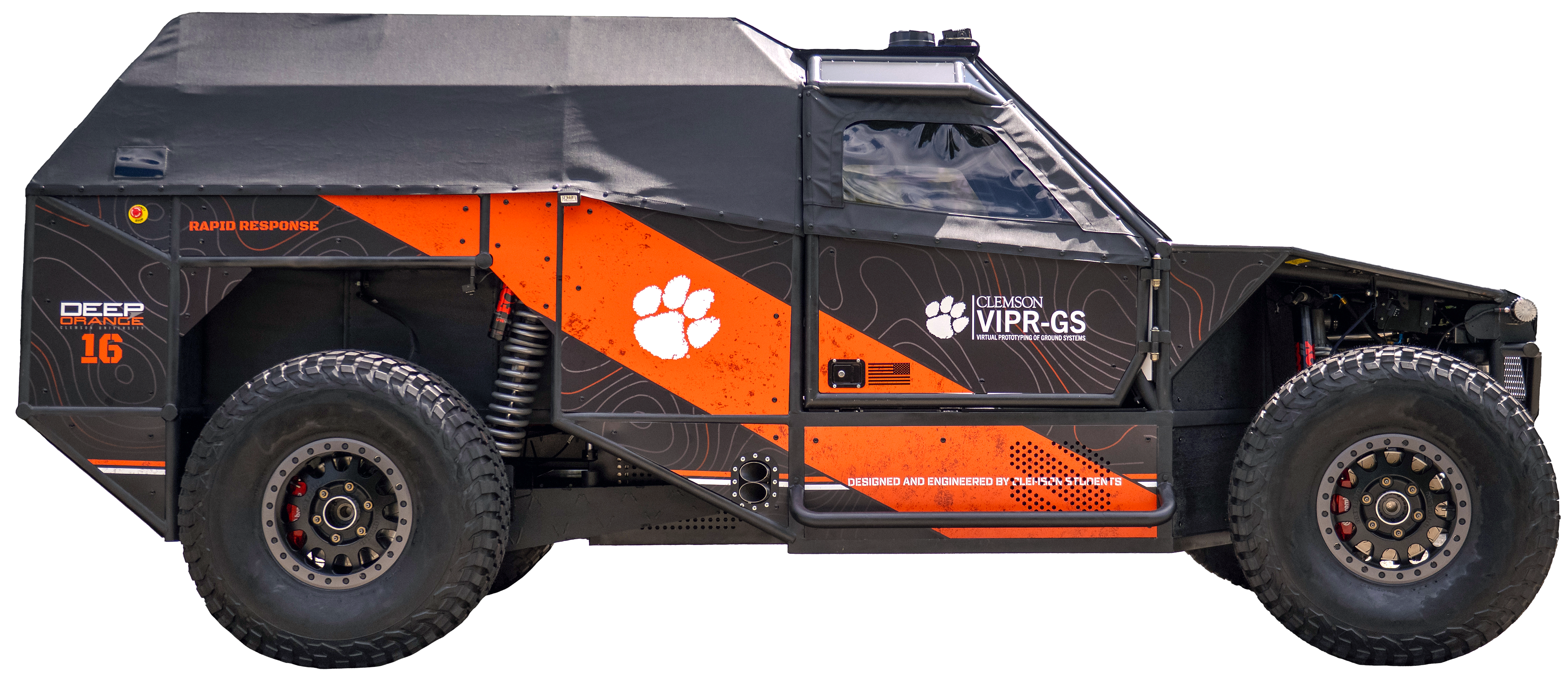
Deep Orange 16
ENGINEERED BY:
POWERED BY:

Inspired by the real-world challenges faced during Hurricane Helene, the Deep Orange 16 team engineered the vehicle to support critical disaster response efforts. On its outbound journey, the vehicle can deliver a full pallet of emergency supplies to affected areas. For the return trip, the vehicle operates autonomously—transporting up to six individuals, including injured passengers, to safety.
Capable of reaching the scene within the golden hour, the vehicle also generates a high-resolution digital terrain map for the autonomous return, allowing the original driver to remain on-site and assist ongoing rescue efforts.
Deep Orange 16 showcases the innovation, technical expertise, and dedication of the 17-member team of graduate students from Clemson’s automotive engineering program. From initial concept to fully functional prototype, the team collaborated with the VIPR-GS Research Center, government agencies, and industry partners to solve practical challenges—gaining hands-on experience that prepares them to enter the workforce as industry-ready engineers.
Deep Orange 16 was officially unveiled at the 2025 Ground Vehicle Systems Engineering & Technology Symposium (GVSETS). It will now serve as a test and validation platform for ongoing research by the VIPR-GS Research Center.
CRITICAL VEHICLE FUNCTIONS
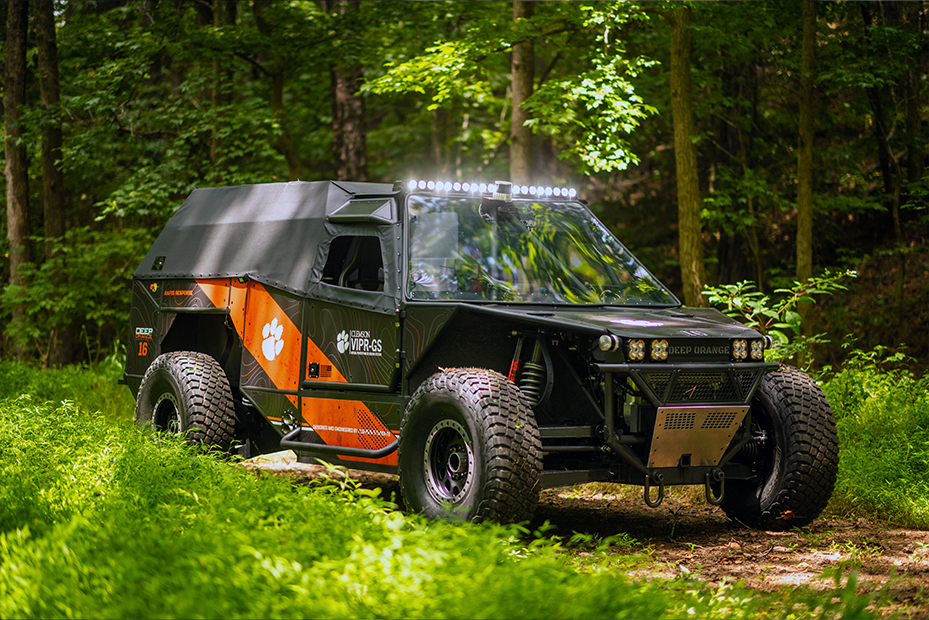
Engineered for the Elements
Deep Orange 16 is a high-speed, semi-autonomous vehicle with a 350-kilometer range and off-road capabilities built for unpredictable terrain. The series hybrid powertrain enables continuous battery charging to extend range and supports near-silent operation for special mission scenarios. Designed for real-time deployment, Deep Orange 16 features a lightweight, weatherproof exterior engineered for reliable operation in a variety of environmental conditions.
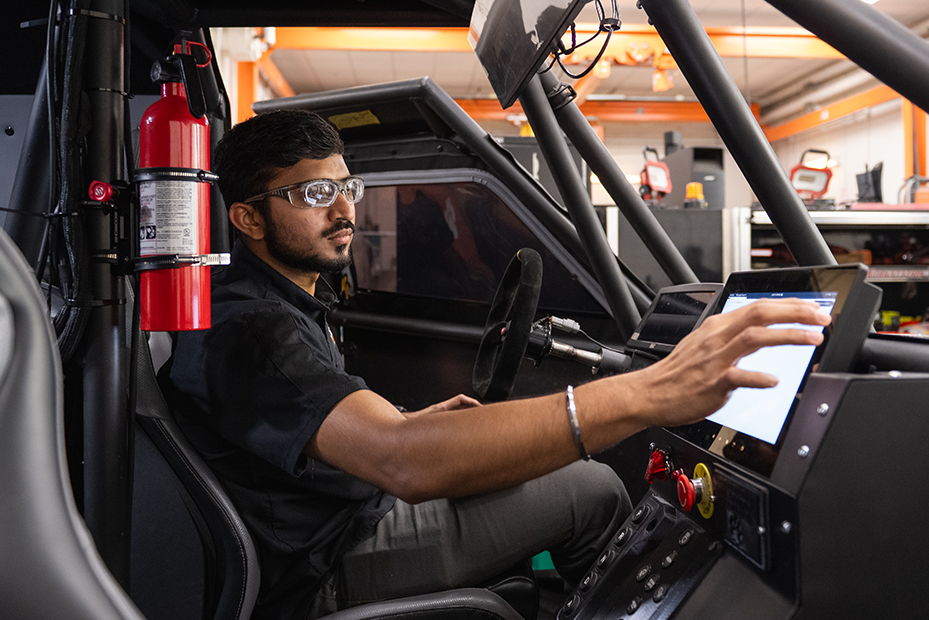
Innovative Monitoring
The vehicle is equipped with a 360-degree camera system that provides full situational awareness, including tire-level views for obstacle detection. The AI-powered heads-up display alerts drivers to hazards up to 100 feet away, enhancing navigation and safety. Onboard medical monitoring tracks patient vitals in real time, including temperature, heart rate, and perspiration during transport.
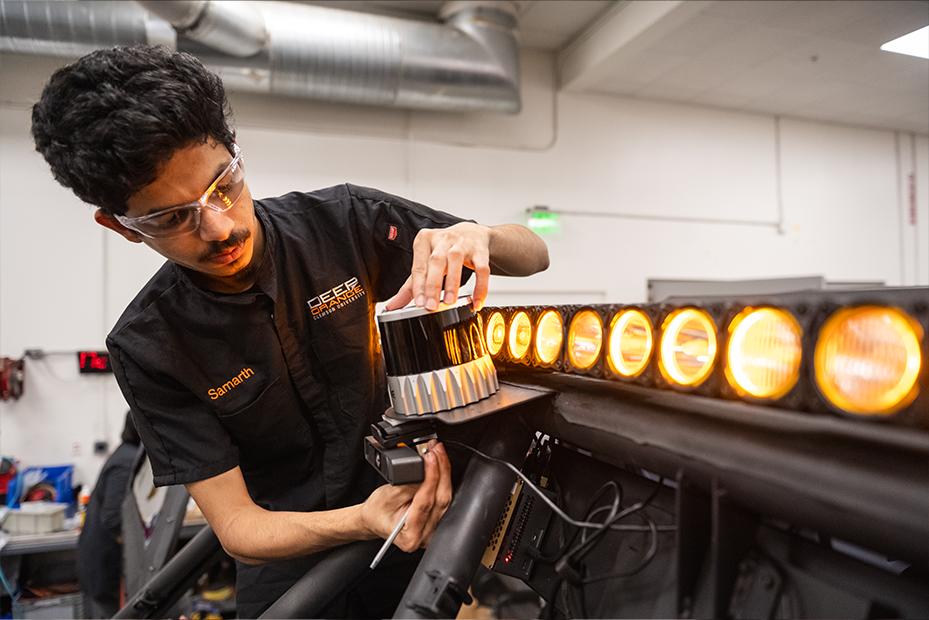
Autonomy
The vehicle is equipped with advanced autonomy capabilities to navigate unknown and dynamically changing terrains. Its autonomous algorithms allow for precise mission planning based on manual operation to a rescue site when the vehicle collects environmental data to create an initial digital map. During the autonomous phase, the vehicle employs real-time path planning, updating routes based on sensor inputs to adapt to environmental changes. The LiDAR system detects and classifies obstacles, enabling dynamic path re-planning for safe navigation.
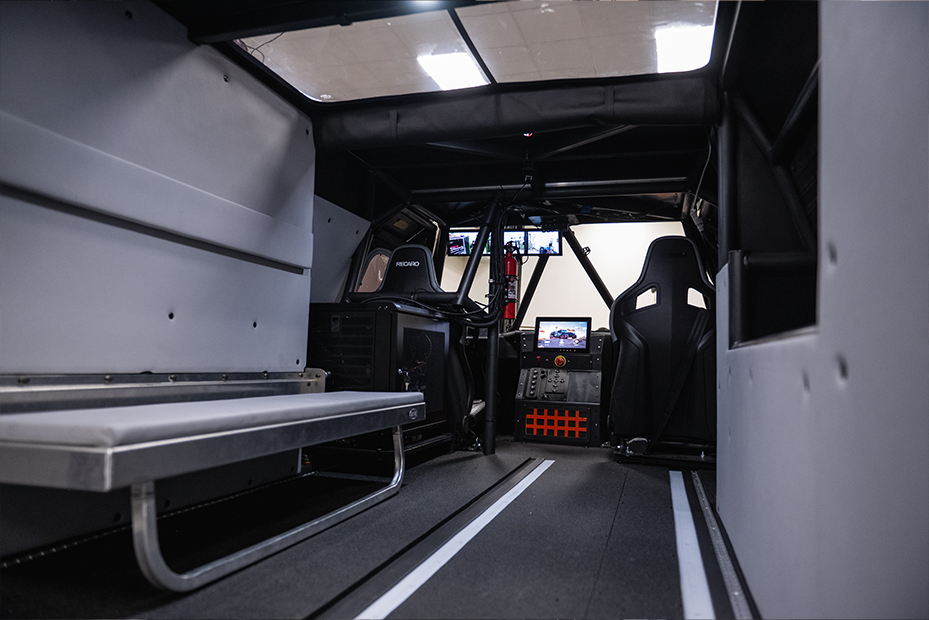
Rescue-Ready Interior
The vehicle's interior accommodates the transport of six people, including a rotating passenger seat to support multiple operational roles. An ergonomic litter loader streamlines patient or supply loading. The interior MOLLE storage system offers secure, modular organization of rescue and medical gear while an integrated exterior compartment allows for transport of fire rescue equipment. The rear hatch fits a standard pallet of supplies, while the clam-shell design enables flexible loading of oversized cargo.
FINISHED CONCEPT

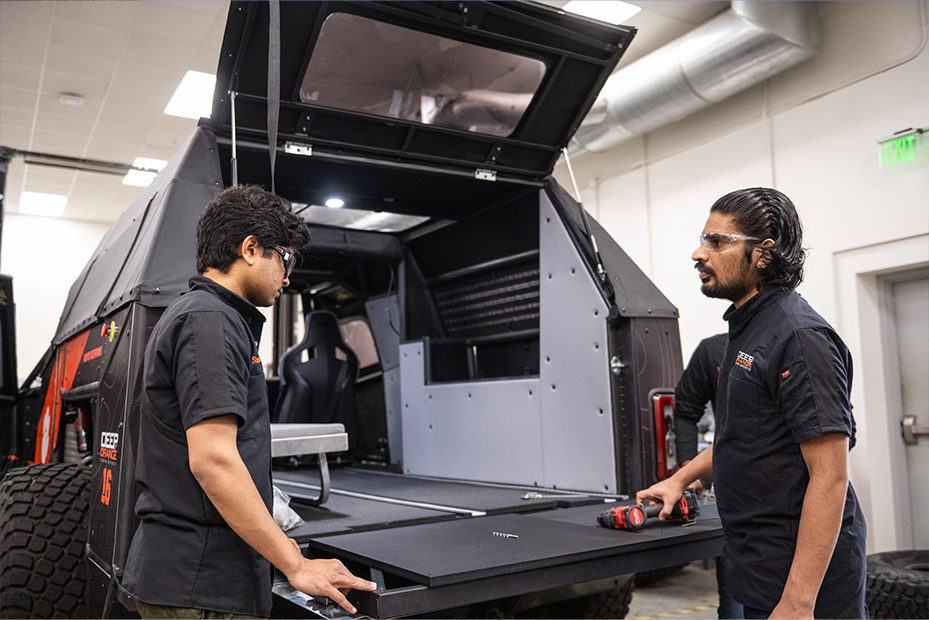
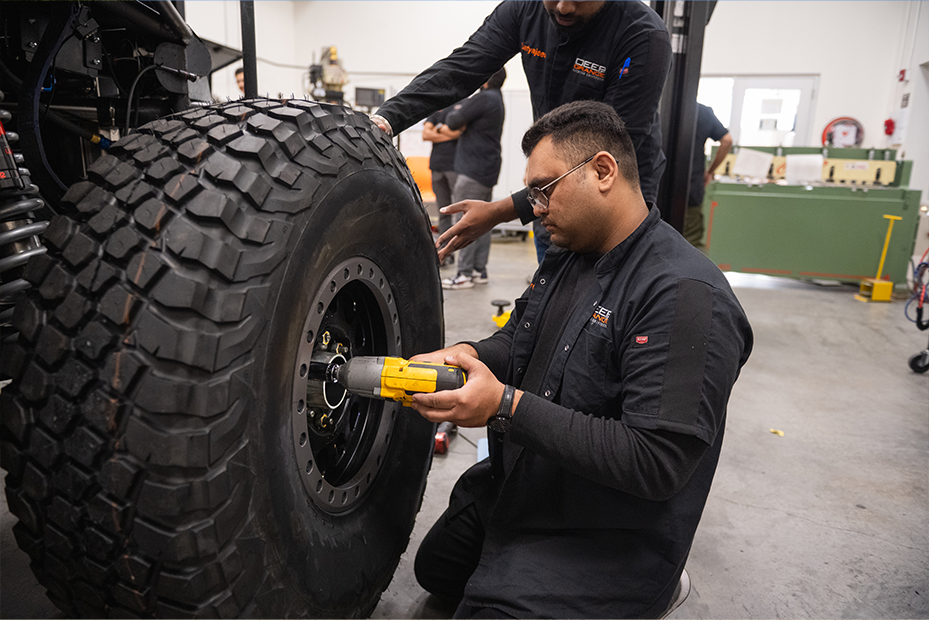
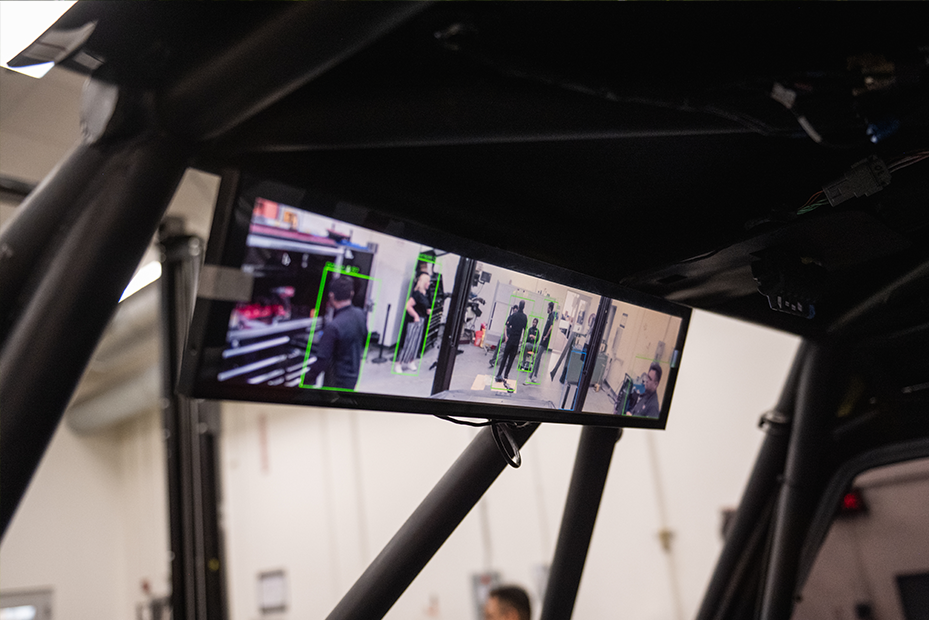
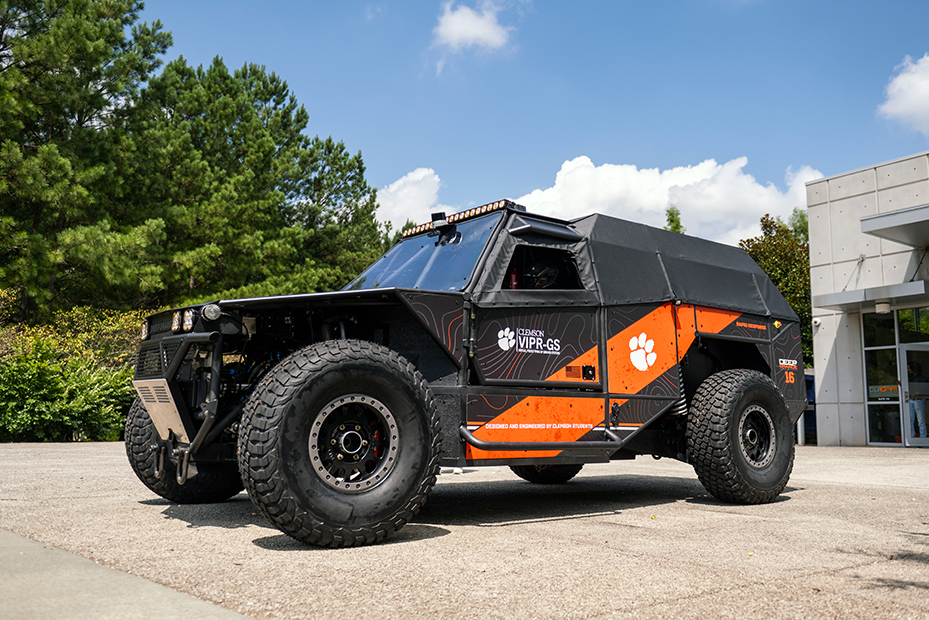
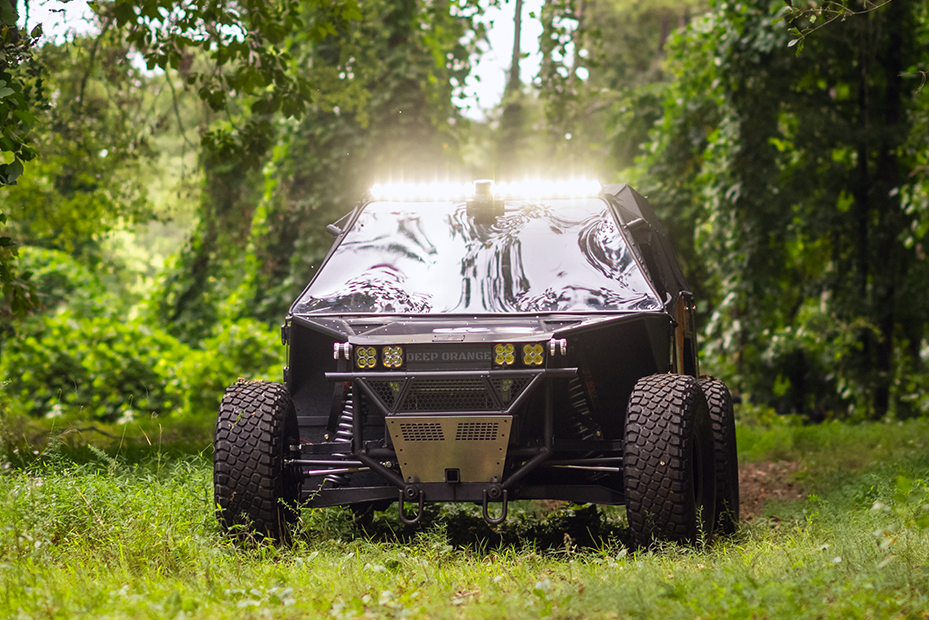
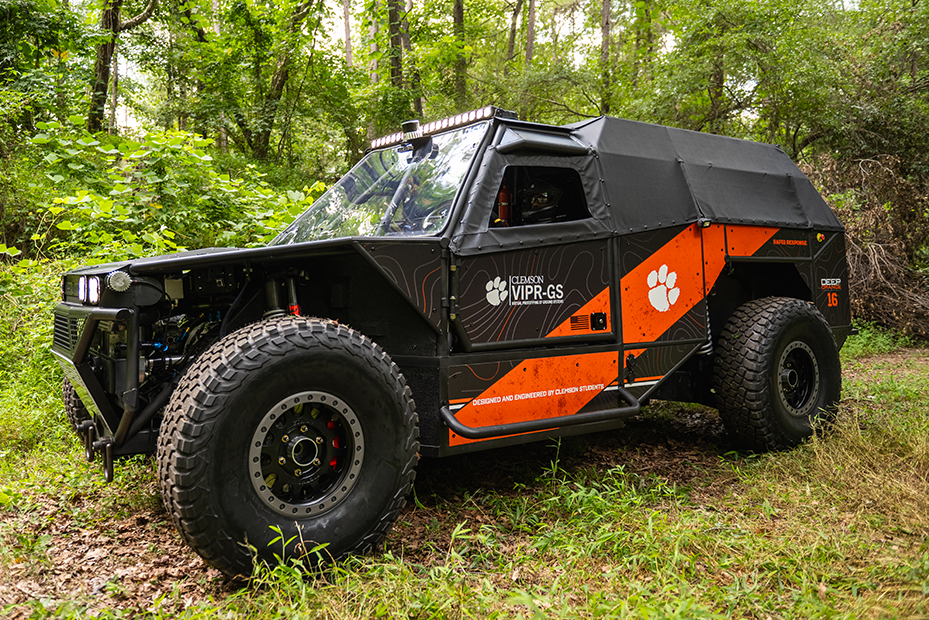
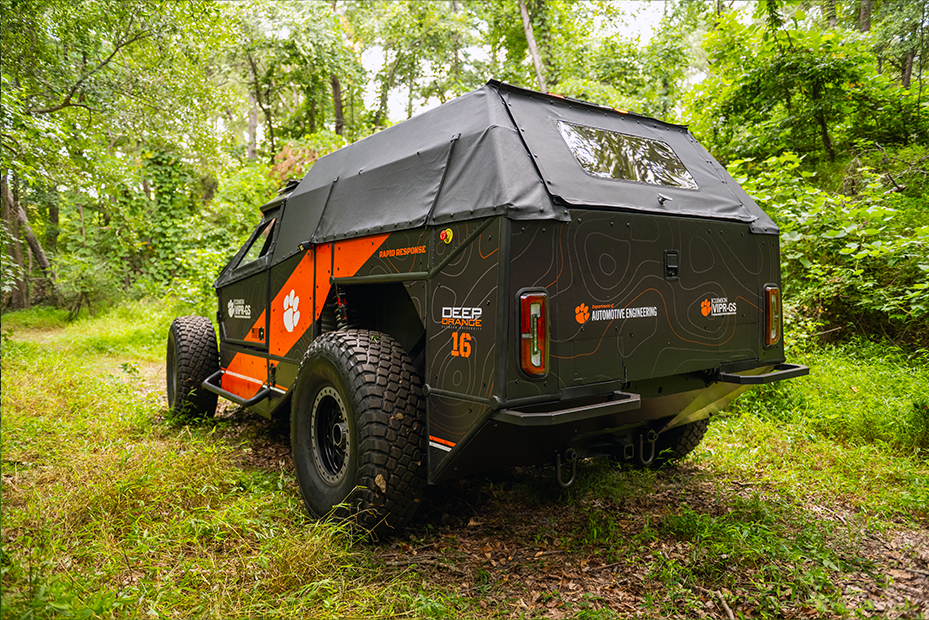
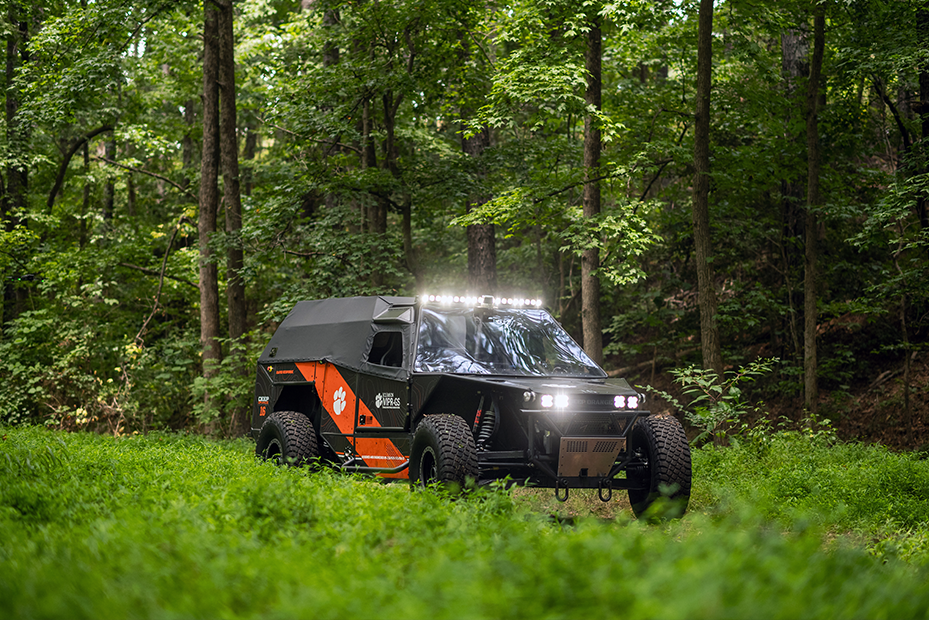
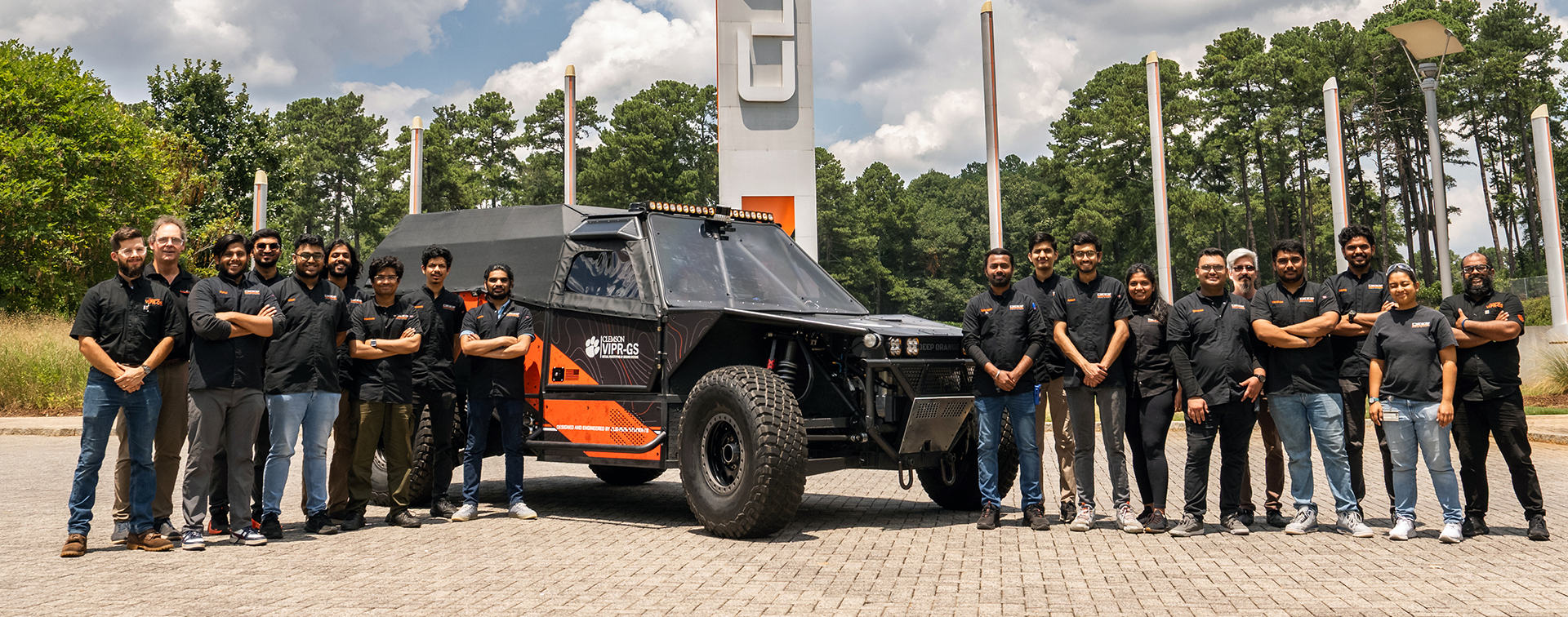
DO16 Team
Automotive Engineering Students























